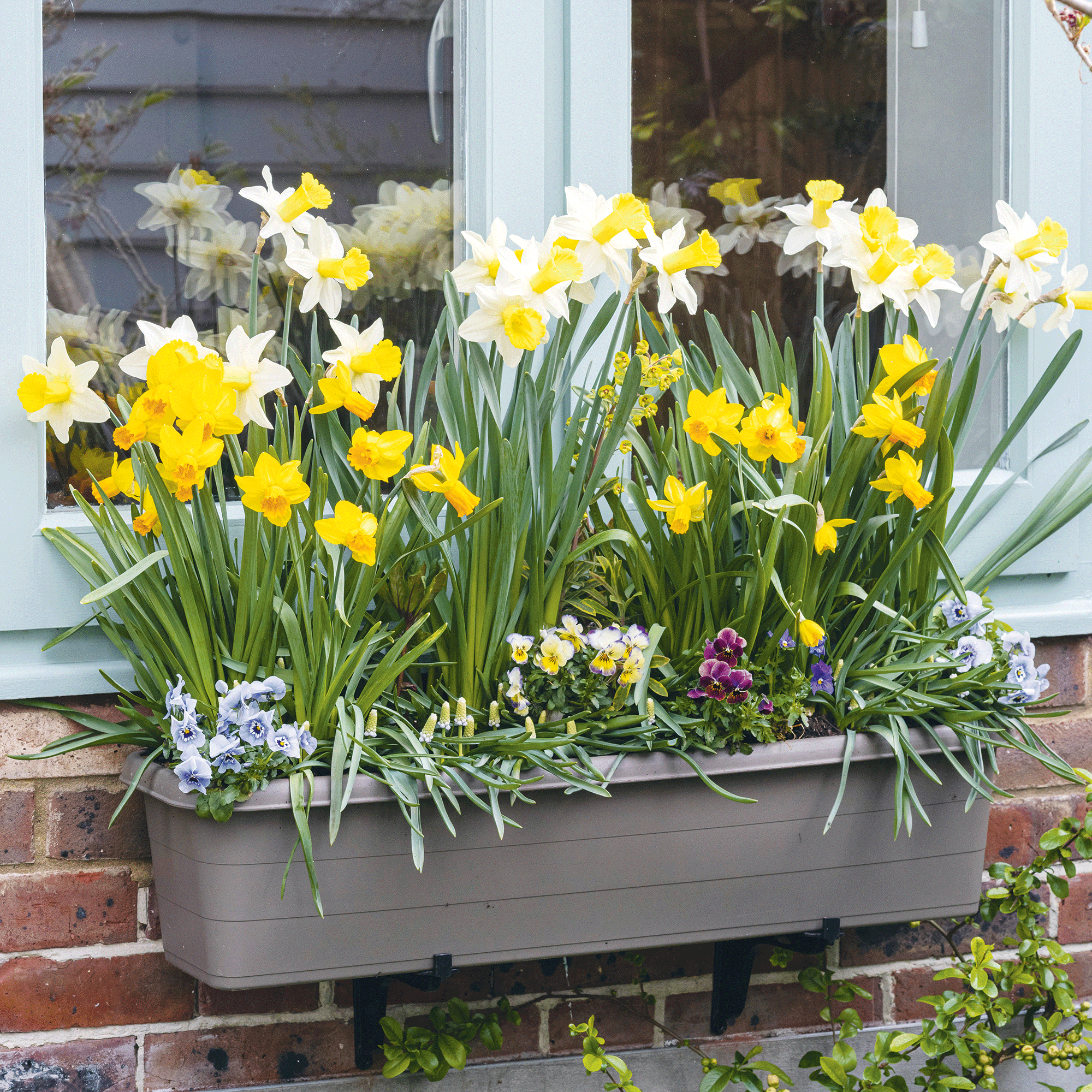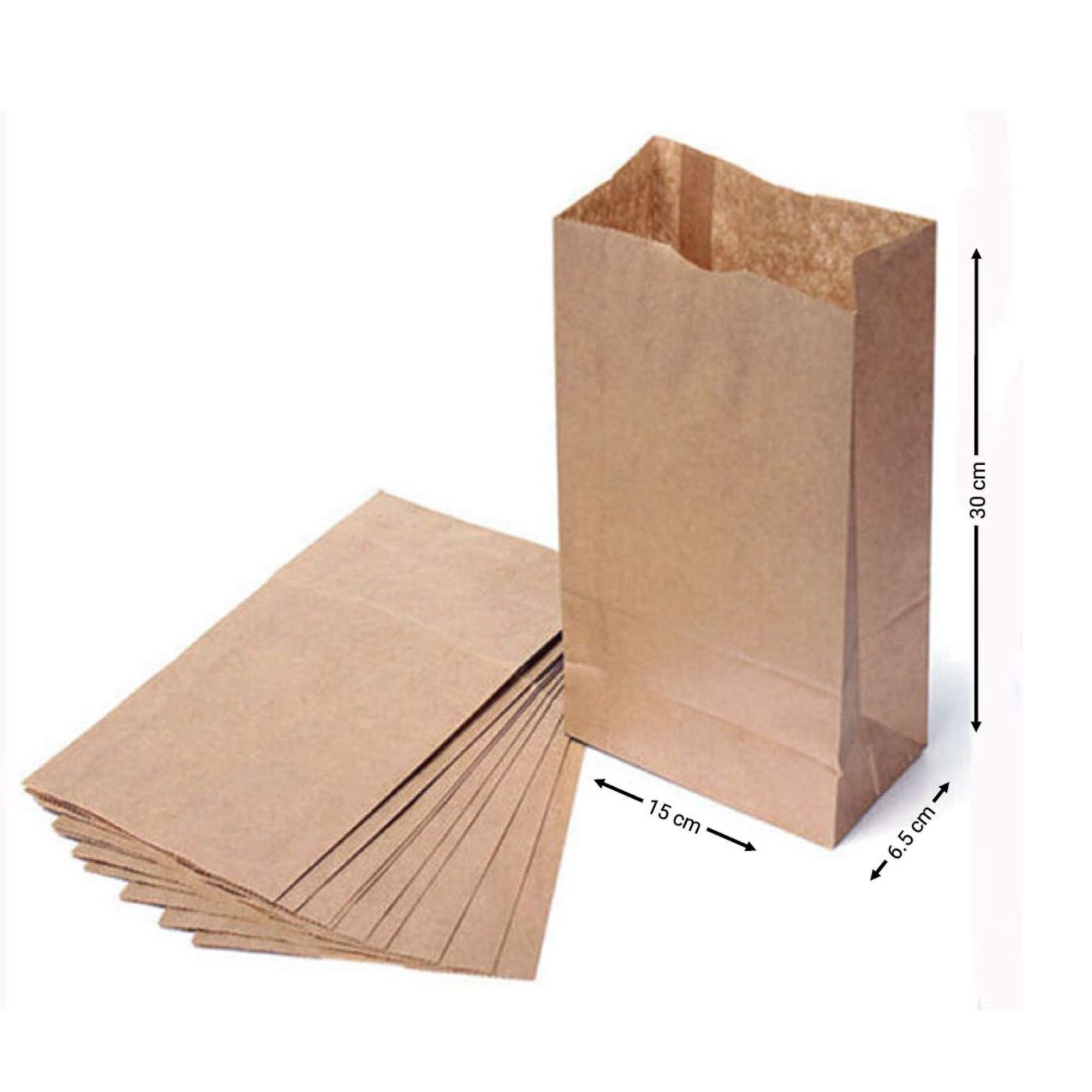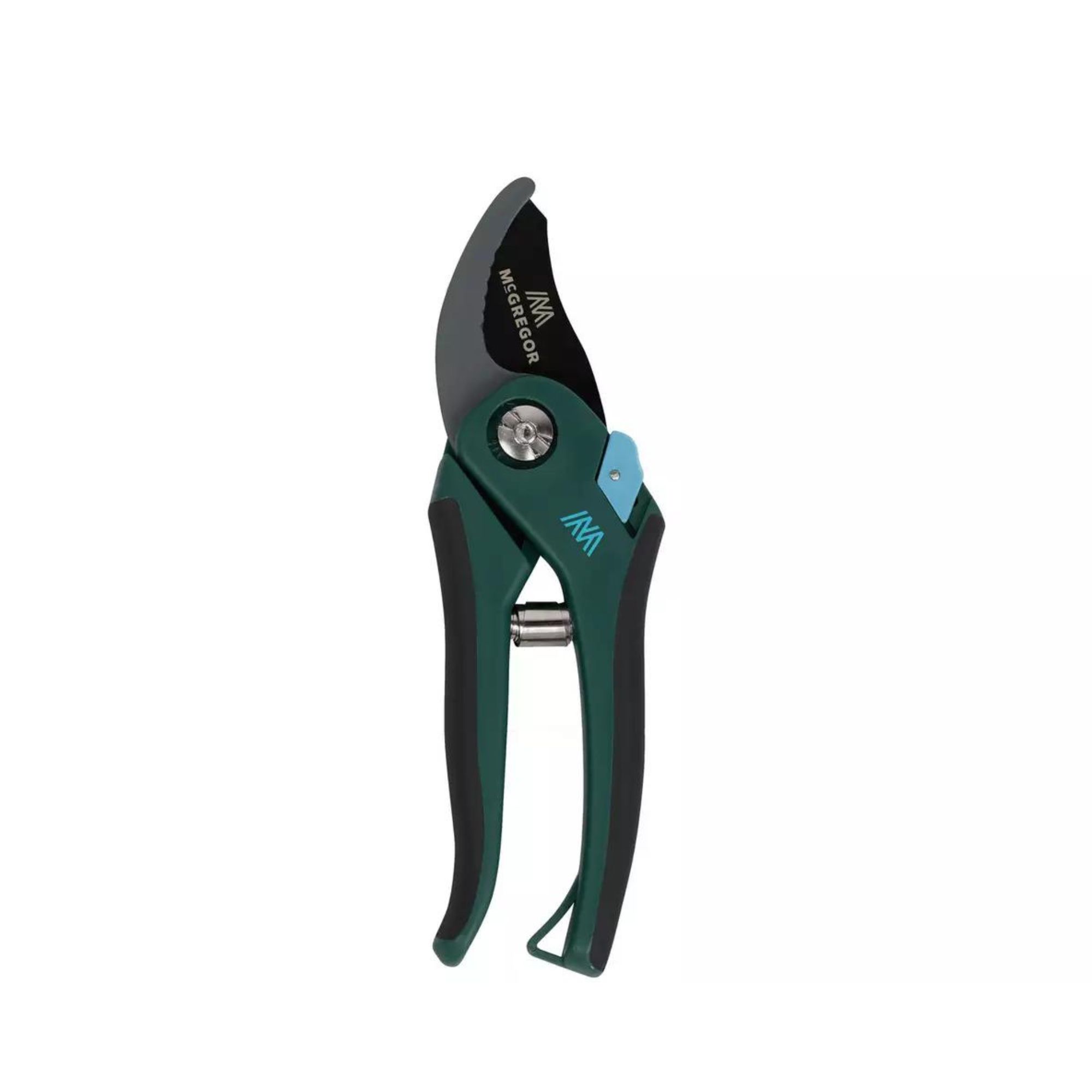When to lift daffodil bulbs - Experts reveal the perfect time to dig up and store daffodil bulbs for next year
Timing is everything


Daffodils have the amazing ability to brighten up even the gloomiest of wet spring days. But if you want to guarantee beautiful, sunny blooms year after year, experts advise lifting daffodil bulbs and storing them over the summer months. So, when should you lift daffodil bulbs? And how?
Spring bulbs can help bring any garden to life, and daffodils are undoubtedly a firm spring favourite. But as daffodils only bloom for around 6-8 weeks every year, it’s important to make the most of this flowering period. Unfortunately, this flowering period can be hindered by incorrect daffodil bulb aftercare.
Yes, while knowing how to plant daffodil bulbs can help get the ball rolling for the first year of growth, lifting daffodil bulbs at the right time is essential for continued growth year after year. That’s why we’ve consulted with experts to explain the perfect time to lift daffodil bulbs.
When to lift daffodil bulbs
Knowing what to do with daffodils after flowering is key, after which lifting up daffodil bulbs is a popular option.
Craig Morley, gardening expert from Budget Seeds, explains, ‘You can dig the bulbs up to move them elsewhere if you wish, or temporarily move them so you can plant something else in that spot for summer.’ To do this, you first need to deadhead the spent flowers. Then, you need to be patient.

If you continue to fertilise and water the daffodil foliage for around six weeks, the plant will absorb energy and nutrients, which will be stored in the bulb for use during the next growing season. Then, when the foliage has turned yellow, you can finally cut it back to ground level and focus your attention on the bulbs.
In fact, the best time to lift daffodil bulbs is immediately after cutting back the foliage. This will typically be anywhere between June and August, but the exact timing will depend on the specific plants in your garden and when their foliage turns yellow.
Sign up to our newsletter for style inspiration, real homes, project and garden advice and shopping know-how
And while you can simply leave daffodil bulbs in the ground, they can be extremely sensitive to cold temperatures and waterlogging. So, if you can’t guarantee good drainage and a little bit of sun during the day, it’s safer to lift daffodil bulbs and store them until it’s the perfect time to plant daffodil bulbs again.
To do this, John Clifford, garden expert at Gardenstone says, ‘Use a fork to gently lift the bulb. You should carefully dig around the clumps of the bulbs and be really careful not to damage the bulb.’

After months in the soil, the daffodil bulbs will be covered in mud. That’s why John also suggests, ‘Gently shake or pat your bulbs in order to remove any excess soil.’
You could also use a soft-bristled brush to brush away the excess soil. But whatever you do, you should avoid washing them in water as the excess moisture could cause the bulb to rot.
When you’ve done that, it’s time to inspect your daffodil bulbs for any signs of abnormalities, diseases, or size differences. If you spot any that look a little worse for wear, you can simply discard them immediately.
You should then give the bulbs you’re keeping some extra TLC. John says, ‘Remove the roots and external layers of the loosely attached tunic.’ Thankfully, this is pretty easy, and removing the roots can be done with garden shears - as long as you’ve cleaned your garden tools properly.
Then, you can make steps to store your bulbs. ‘Put them in a single layer in a cool, dry, and well-ventilated area for 24 hours to a few days to allow them to dry out,’ explains John. ‘This will prevent fungal disease from taking hold during the storage period. Once the bulbs are dry, store them in a clean paper bag in a cool, dark, and dry place.’
Our preferred storage method is a hessian or paper bag, but you could also use an old cardboard box or just pop them in a dark cupboard.
Then, you can whip them out again in September when it's time to replant them.

John Clifford is a director of Gardenstone, a leading garden landscaping retailer based in the UK. With over 30 years in the gardening industry and continual work alongside The National Trust, John has amassed an extensive range of gardening and planting knowledge. Alongside his younger son, John has built a strong reputation for Gardenstone as a trusted source for both high-quality garden products and expert gardening advice.
What you'll need
FAQs
When should I dig up daffodil bulbs?
You should only dig up daffodil bulbs after you’ve deadheaded the plants and allowed the foliage to turn yellow. This is normally six weeks after deadheading.
Typically, the best time to dig up daffodil bulbs is between June and August, but this will all depend on the variety of daffodils you have, when your daffodils stopped flowering, and whether you’ve continued to water and fertilise the foliage during this essential six-week period.
How do you lift and store daffodil bulbs UK?
The easiest way to lift daffodils is to use a garden fork. Simply dig underneath the bulb and lift the fork back up, being careful not to slice or damage the bulb in the process.
Then, you should shake or brush off the excess soil before allowing it to dry out for at least 24 hours. You can then store them in a cool, dry place until next year. This could be in a hessian bag, paper bag, or a cardboard box.
Ultimately, you just need to make sure that the bulbs aren’t exposed to any harsh temperatures and are kept in the dark until you need them again.
Now you know when to lift daffodil bulbs, it’s time to get the ball rolling!

Lauren Bradbury has been the Content Editor for the House Manual section since January 2025 but worked with the team as a freelancer for a year and a half before that. She graduated with a Bachelor’s degree in English and Creative Writing from the University of Chichester in 2016. Then, she dipped her toe into the world of content writing, primarily focusing on home content. After years of agency work, she decided to take the plunge and become a full-time freelancer for online publications, including Real Homes and Ideal Home, before taking on this permanent role. Now, she spends her days searching for the best decluttering and cleaning hacks and creating handy how-to guides for homeowners and renters alike, as well as testing vacuums as part of her role as the Ideal Home Certified Expert in Training on Vacuums, having spent over 110 hours testing different vacuum models to date!


